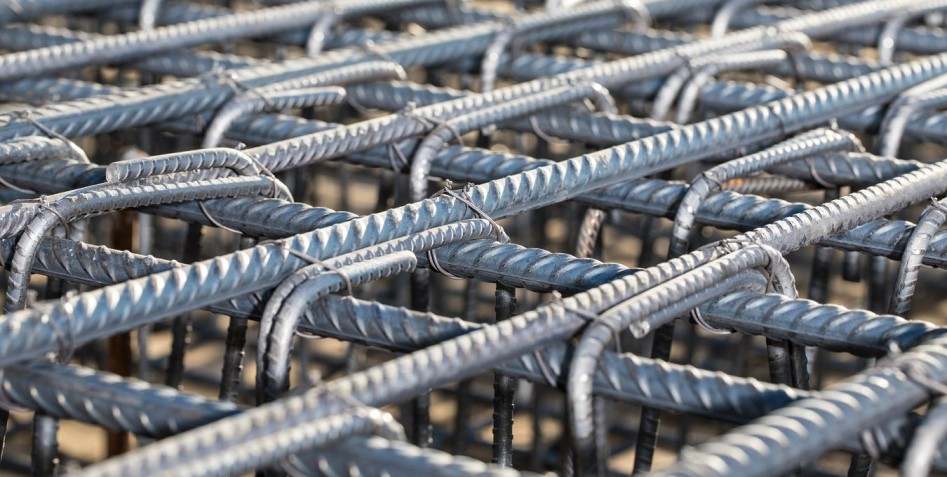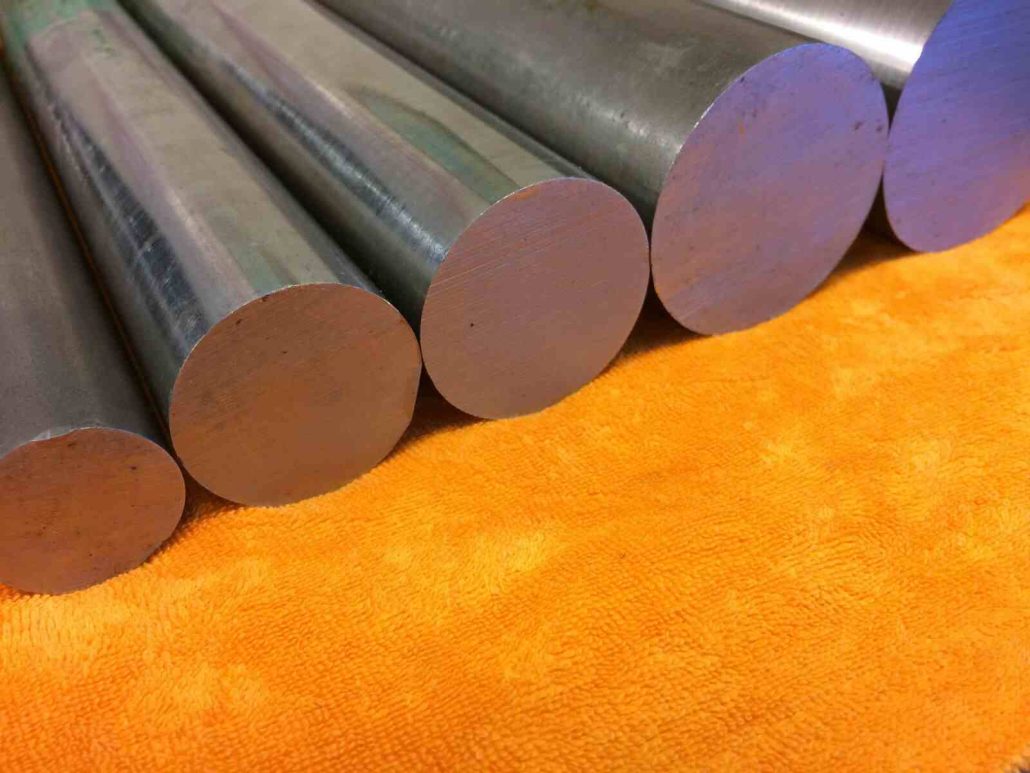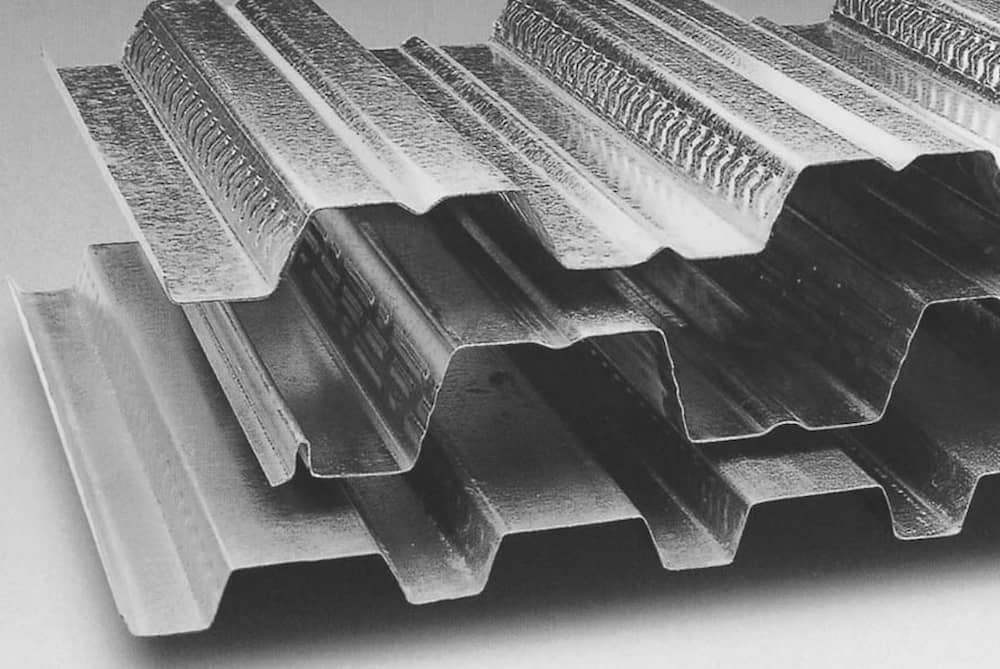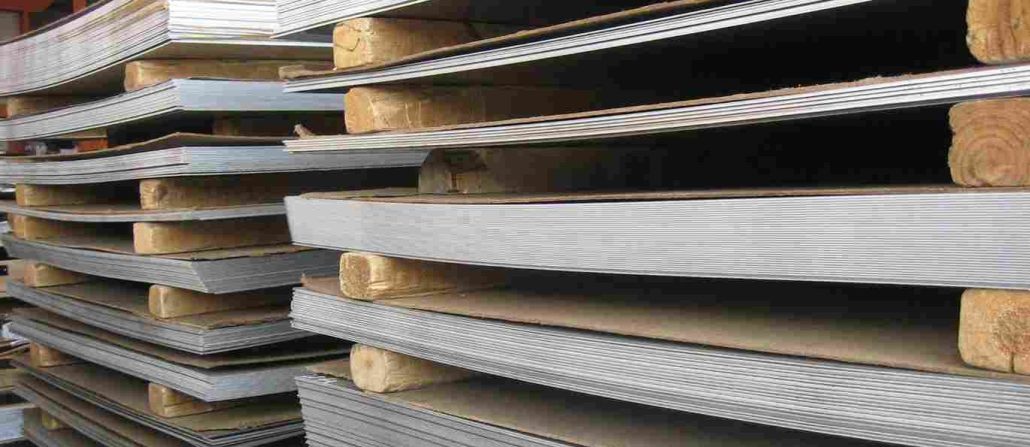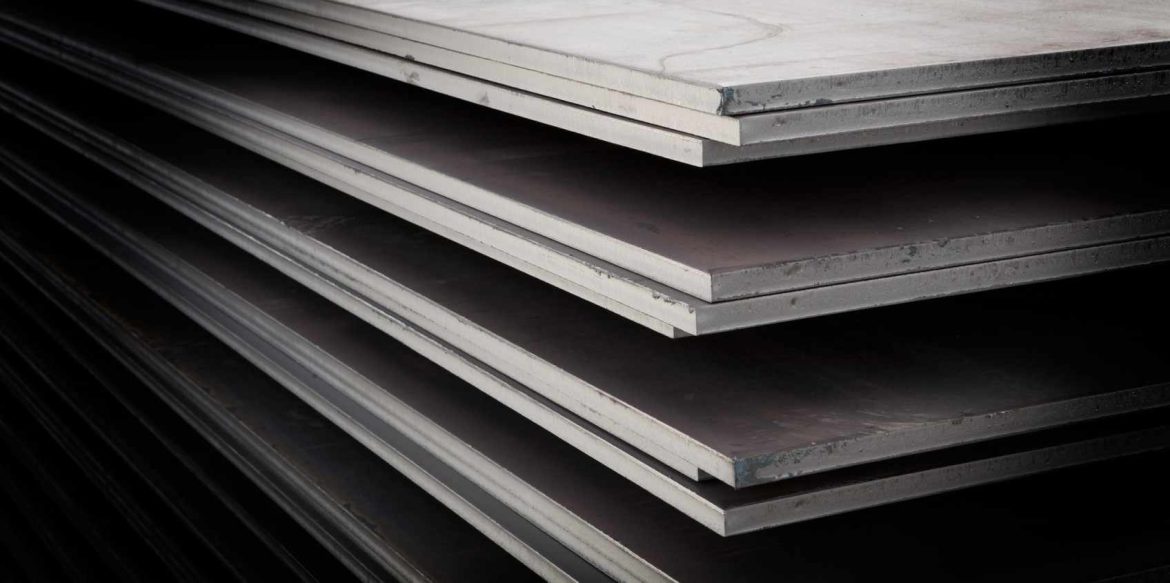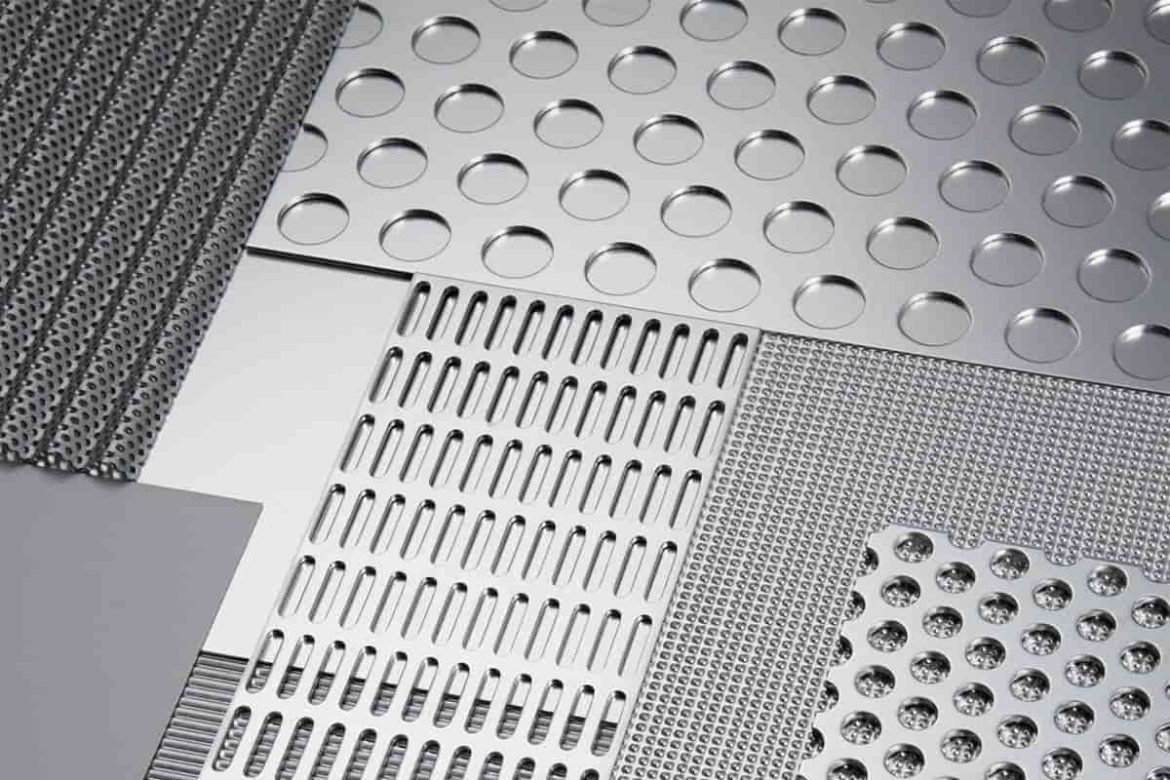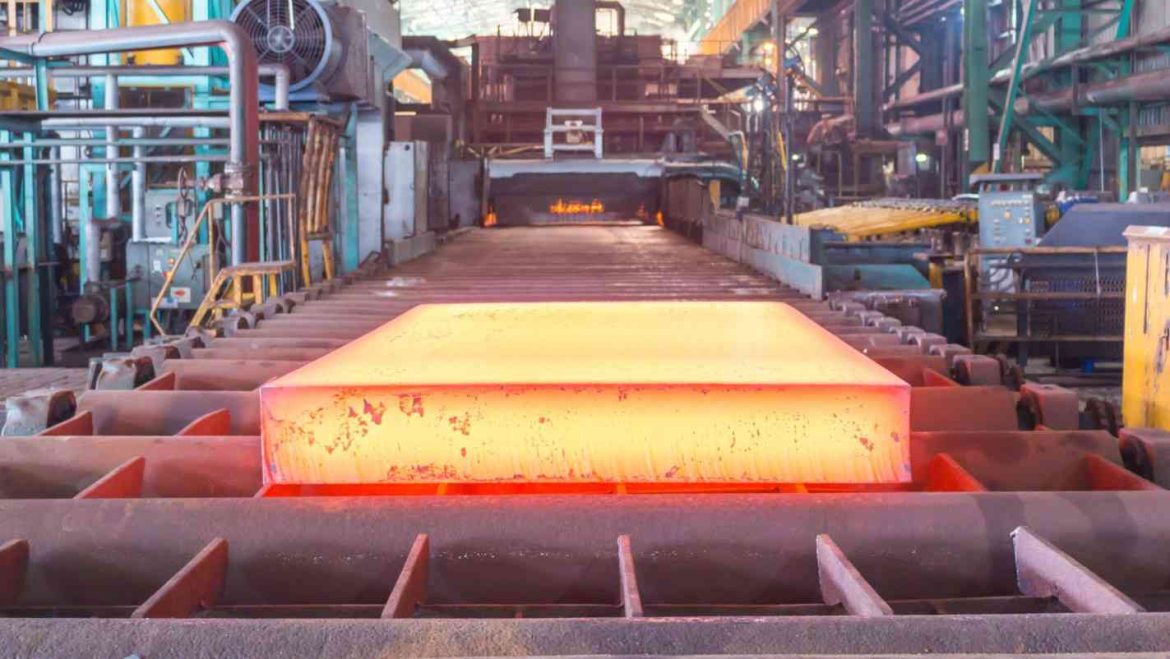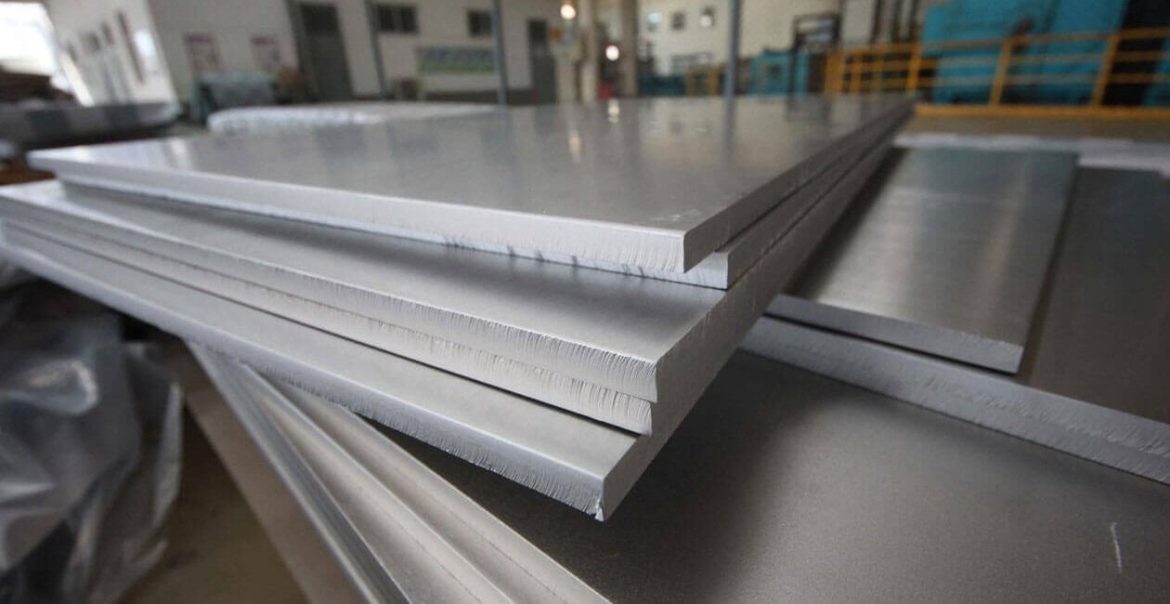Buy steel granite slabs Types + Price
Slab stone and steel granite slab are the starting materials in the production of various steels, and their diameter may vary, it is made by rolling process or continuous casting, usually in a rectangular shape, unlike ingots, which is a square structure, it is used mainly as a raw material for making various rolled products, Including bars
In addition, slate is a type of steel with a width between 650 and 2000 mm, a thickness between 200 and 250 mm, and a length from 4 meters to 12 m
It is the main material for the production of various types of steel
Sheets, and sheets, are also important components in heavy machinery

In fact, ingots are the most important material on the market
Plates, Beams, and billets are used to make bars
Ingots are the main material on the market for making sheets and folded pipes
Beams are also used to make shields, rails, and beams, and billets are also used to make rebar, belts, and wire
slabs and Ingots are the same subjects but with different and variable sizes
A ticket with a width greater than 15 cm is called a flower and its cross-section is less than 230 cm
The slab is used to make paving stones, entrances to halls and buildings, fireplace walls, interior and exterior spaces in buildings, side walls in elevators, interior walls in kitchens and cabinets, washbasins, and dining tables
Also in different countries, many large companies extract these stones
There are also travertine, granite, and quartz variants available in the market, which vary in strength, appearance, and size
Likewise, the price of slate can vary depending on the production conditions
But as a rule, the way it is manufactured is very difficult and the quality of the slate is expected to be very high

steel granite slabs
slabs and granite steel slabs are beginning, and semi-finished products are produced by the barre rolling process or continuous casting process
Sheets are not square in the cross-sectional area but are rectangular and are used as raw material for the production of flat-rolled products, including rolls and hot-rolled sheets
slabs are rectangular steel products with widths from 650 mm to a maximum of 2000 mm, thicknesses from 200 to 250 mm, and variable lengths from 4 to 12 meters
The production size of this product depends on the application, the maximum production speed for this product is 230 mm in thickness, 1250 mm in width (one meter and 25 cm), and 12 m in length
The record market is limited, with approximately 20 million tons of records produced and sold globally each year
The blast furnace method is a traditional method for producing plates by indirect regeneration
Given that Iran has high-quality coal resources, this approach is practical
First, iron ore containing lime and coke is placed in a blast furnace to extract pig iron (hot metal)
To remove impurities in molten steel obtained from pig iron, crude steel is obtained by removing carbon and adding oxygen
The second method of steel production is the use of electric furnaces and remelting of scrap steel, which involves pouring iron baskets into the furnace
Due to the scarcity of scrap sources in the world and the constant rise in prices over the past few years, sponge iron is also used in furnaces along with scrap in this method
Therefore, add iron fungus and slag-forming materials such as coke, bentonite, limestone, and other additives to the melt from the upper part of the furnace, while melting scrap, after sampling, by adding oxygen, impurities, especially carbon, to the furnace
melt oxidized
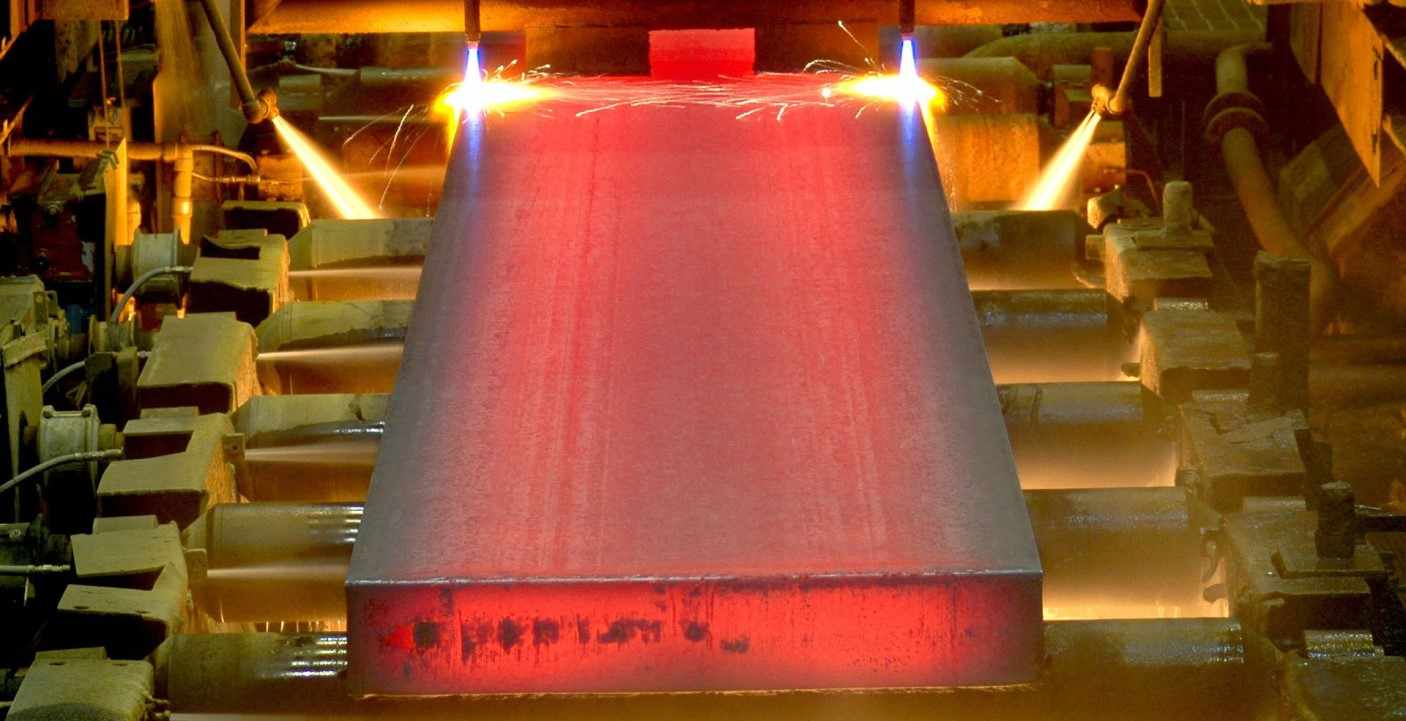
diameter of steel bars used in slabs
Steel bars are one of the byproducts of slabs and the diameters used in bars are related to the slabs directly
As previously mentioned, one of the basic uses and applications of sheets is the production of steel sheets and rebar
The working and production process is such that the plate is heated to a certain temperature and then rolled with the pressure from the rollers applied to the plate, its thickness being significantly reduced
The final product of this process will be a hot plate or blackboard and rebar
Later, other plates, such as galvanized plates and tie rods, can be obtained from these plates and rods and the variations they produce in them
In slabs or surface defects on slabs, there may be longitudinal depressions and sometimes transverse depressions
Among its other shortcomings, we can refer to the two skins, the peeling surface and the curved or wavy corners of its surface
Among other surface defects in Slabs, we can also refer to metal droplets, surface stains, surface scratches, air or needle holes, and surface perforations
One of the great advantages of plates is that they are versatile and can be exported if they meet the necessary standards during production and are of high quality
Sheets are used to make various iron parts
Its perhaps most important use can be considered in steel plates
It is also used to produce beams, pipes, rods, and spools
These plates are widely used in the machinery industry
You know, production starts with hot rolling
The first step is to clean its surface with manual or special burners and then put it under pressure in a special oven at a temperature of 1250 degrees Celsius
After this step, they are automatically placed on the drum and cooled with cold water
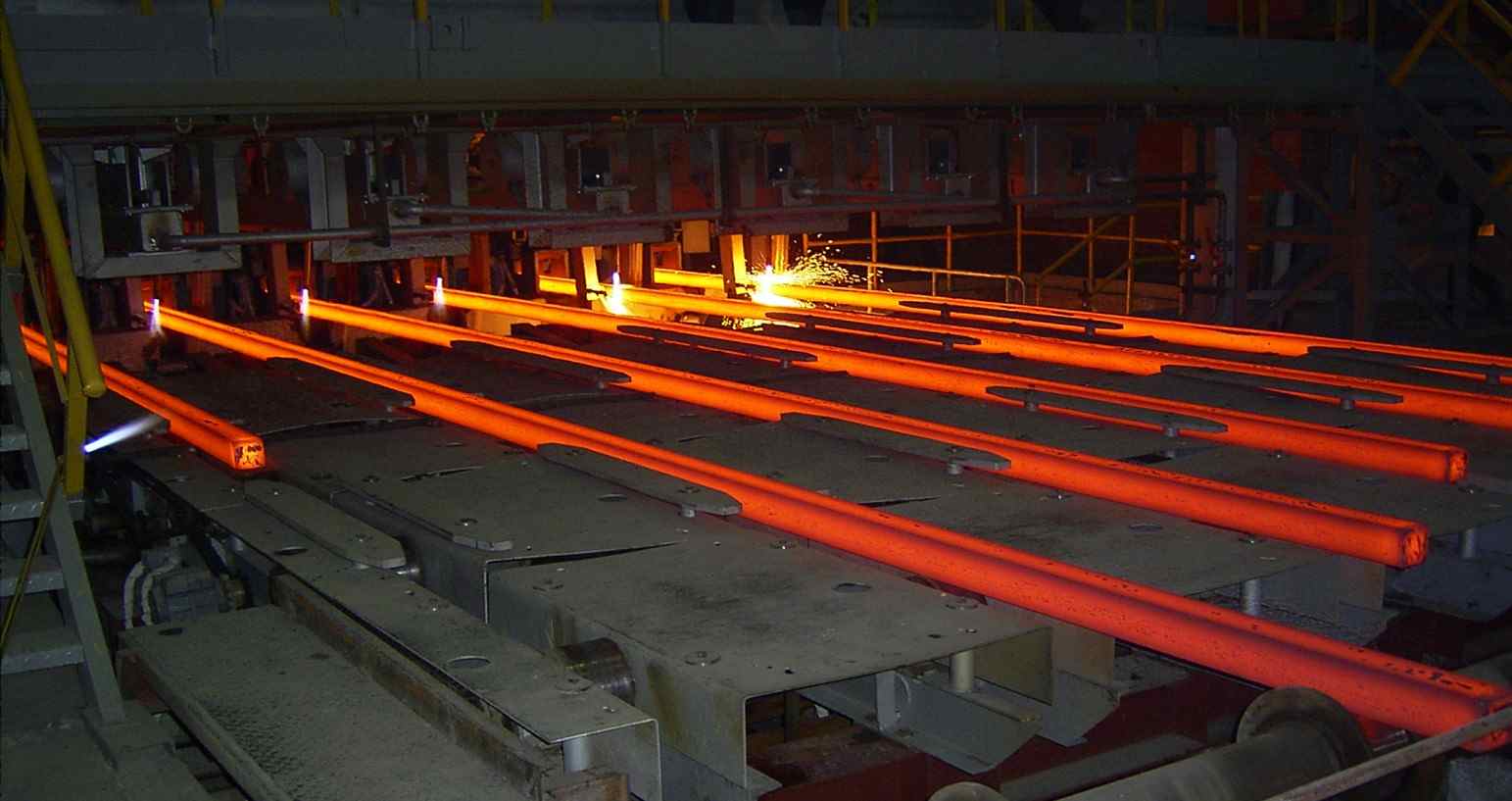
steel bars used in slabs
Byproducts of steel slabs and ingots are very different, and they are mostly used in the production of steel bars
Reinforcing bars are present in almost all concrete structures, and these are installed inside the concrete to help maintain its shape
These operations are necessary to ensure a safe and durable structure that can be used for many years, otherwise, the natural expansion and contraction of concrete will create weak areas that will eventually collapse
Reinforcing bars are usually made of carbon steel because this material strengthens the bar and gives it tensile strength
While concrete is a flexible material that can carry a lot of weight, no matter how high its load-bearing capacity, it lacks tensile strength, which is the opposite of compression, where the expansion of concrete causes imbalance
The initial stages of rebar production are almost the same in all its various production methods
To do this, the raw material (in most cases carbon steel, sometimes scrap iron) is first completely melted down
When the steel is completely melted, it becomes a bar
In fact, common to all methods, the first step in the manufacture of rebar is to convert molten steel into ingots
The general method of making rebar is to stretch and increase the length of the ingot produced at this stage while achieving a cylindrical shape
The last method of making steel bars is the microalloying method
This method is identical to the manufacturing method for hot-rolled rebar in different stages; the only difference in this method is the use of several other alloys in the raw material
In the micro-alloy method, other elements such as titanium, niobium, and vanadium are also added to the steel
This results in a large increase in the resistance of the rebar
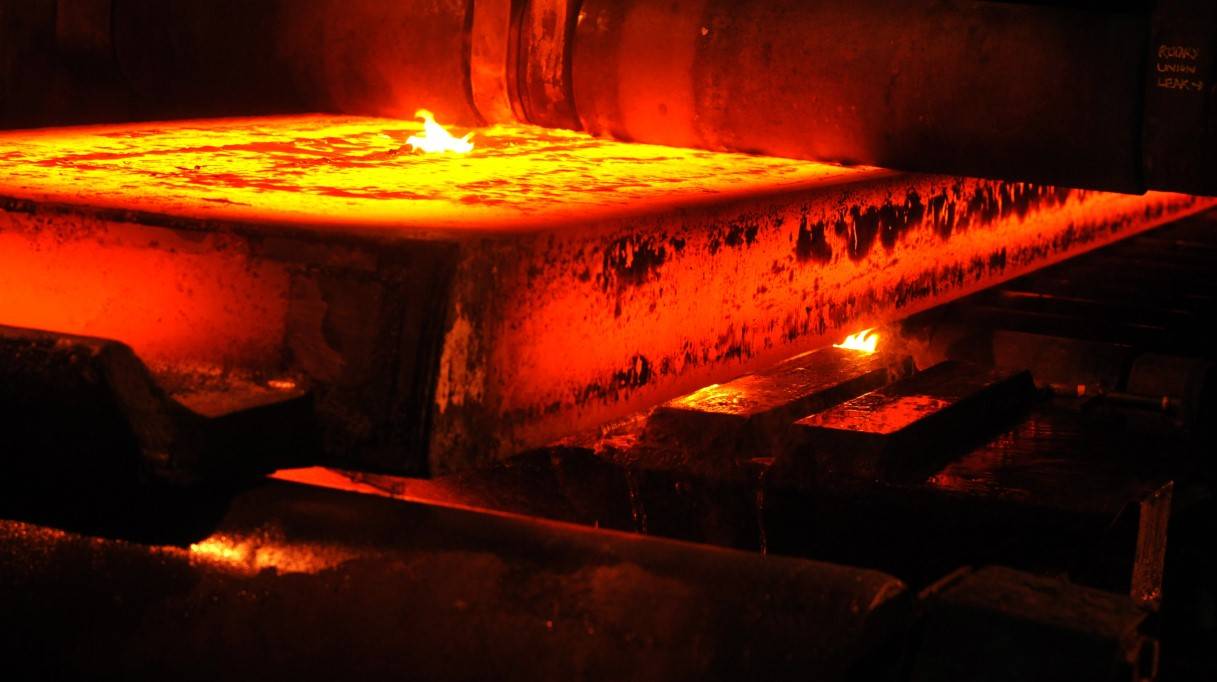
steel slab images
steel slab is the first portable and transferable product obtained from the steelmaking process (after iron extraction and crude steel production), it is produced in solid form and in a portable size and you can find many images of this product easily on the websites
In fact, the ingot casting process is one of the intermediate rolling processes that produce raw materials for downstream industries
Ingot casting is performed by solidifying molten metal in a mold and serving a variety of purposes
Pitch tails are rectangular blocks, easy to remove from molds due to hand shaping, easy to transport, usually trapezoidal in cross-section, and each branch can be up to two meters in length
This product is generally produced in small workshops
The first important question about an iron bar is its shape and size, which is important for the next step in the sub-forming process
The next point is about the method of pouring the ingot into the mold and solidifying the melt inside the mold as it determines the physical and mechanical properties of the final part
Billet A ticket is a steel bar with a long length and a square or round cross-section
If the bar has a maximum width of 15 cm and a cross-sectional area of 230 square cm, it is called a billet and is usually used to make profiles such as rebar and wire
Bloom Bloom can be considered as an item with a width of more than 15 cm and a larger cross-sectional area, as shown in Figure 2
Therefore, the two products are grouped in the same category
Bloom is the raw material to produce beams, profiles, rivets, etc
The price of flowering bars on the market naturally affects the price of iron beams and other products made from them
